BAT reveals more IndyCar concept details
First publicly announced in March, the BAT Engineering proposal builds on the experience and innovation that the triumvirate of Ashmore, Mertens, and Wardrop bring to the project, with the three having designed and engineered machines that have travelled thousands of miles at the Indianapolis Motor Speedway, as well as tracks around the world.
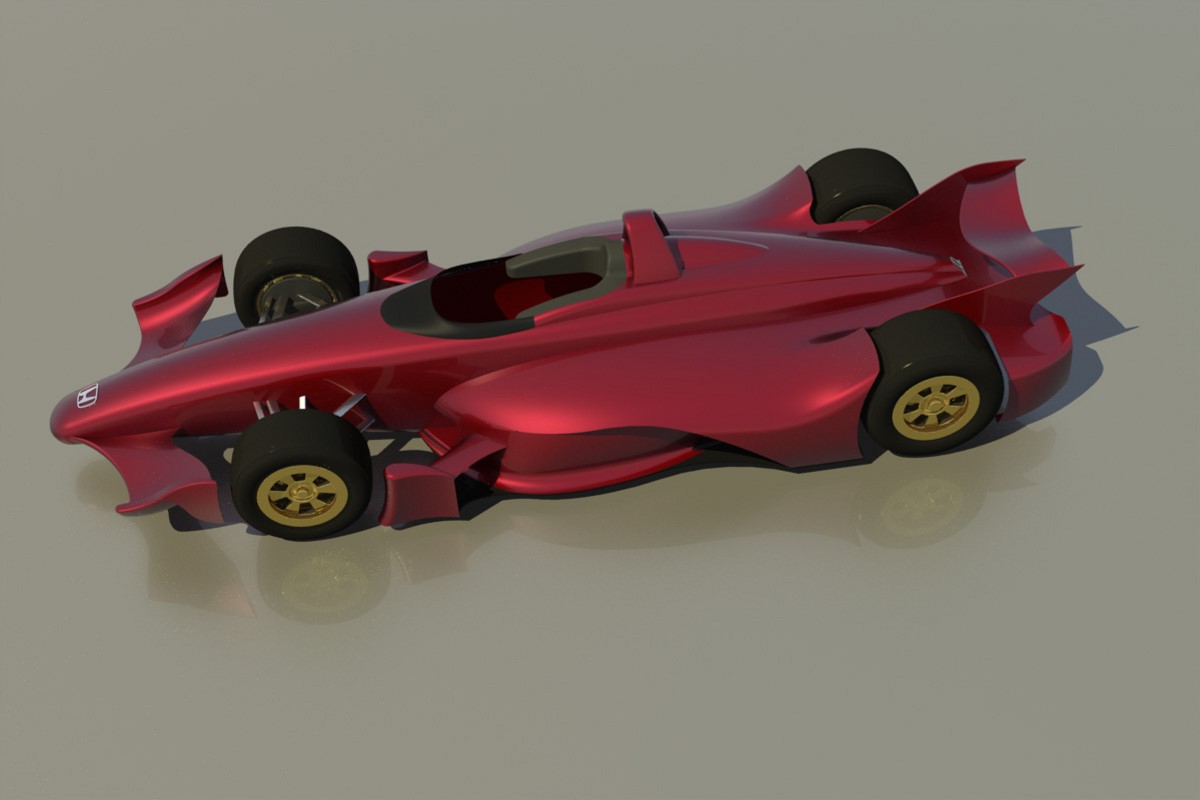 |
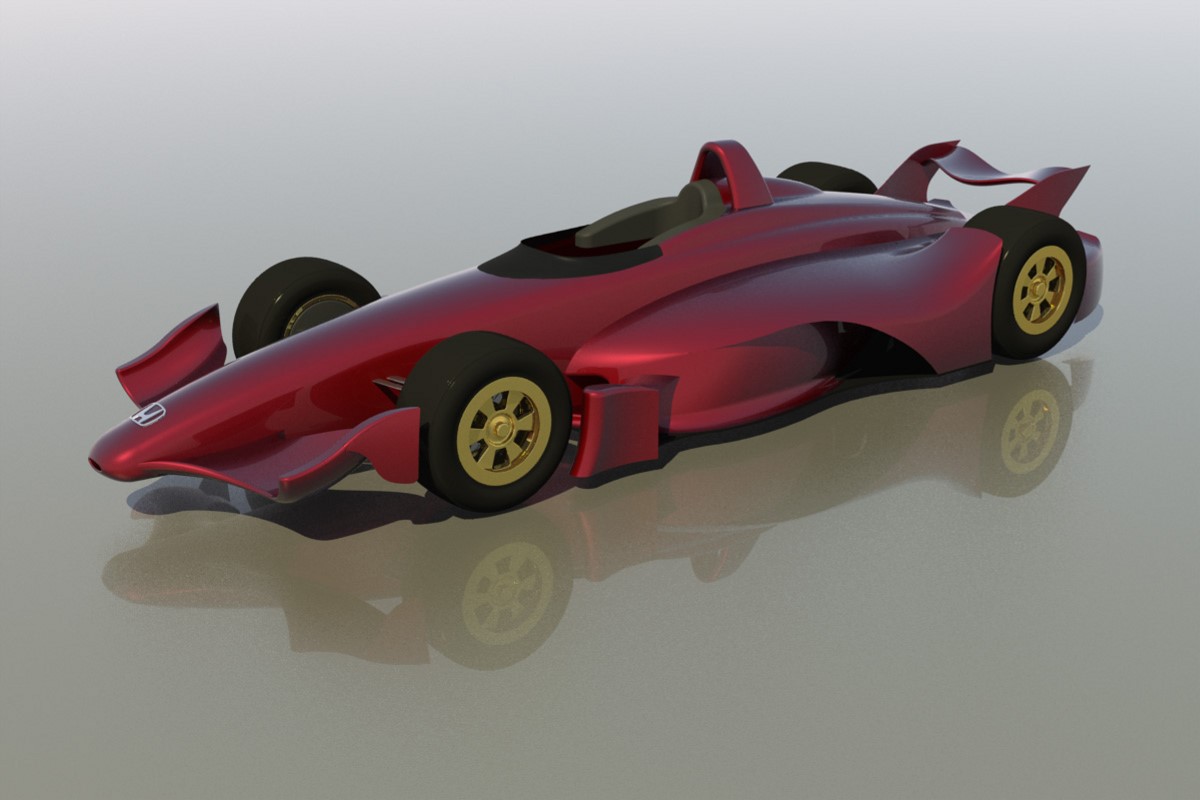 |
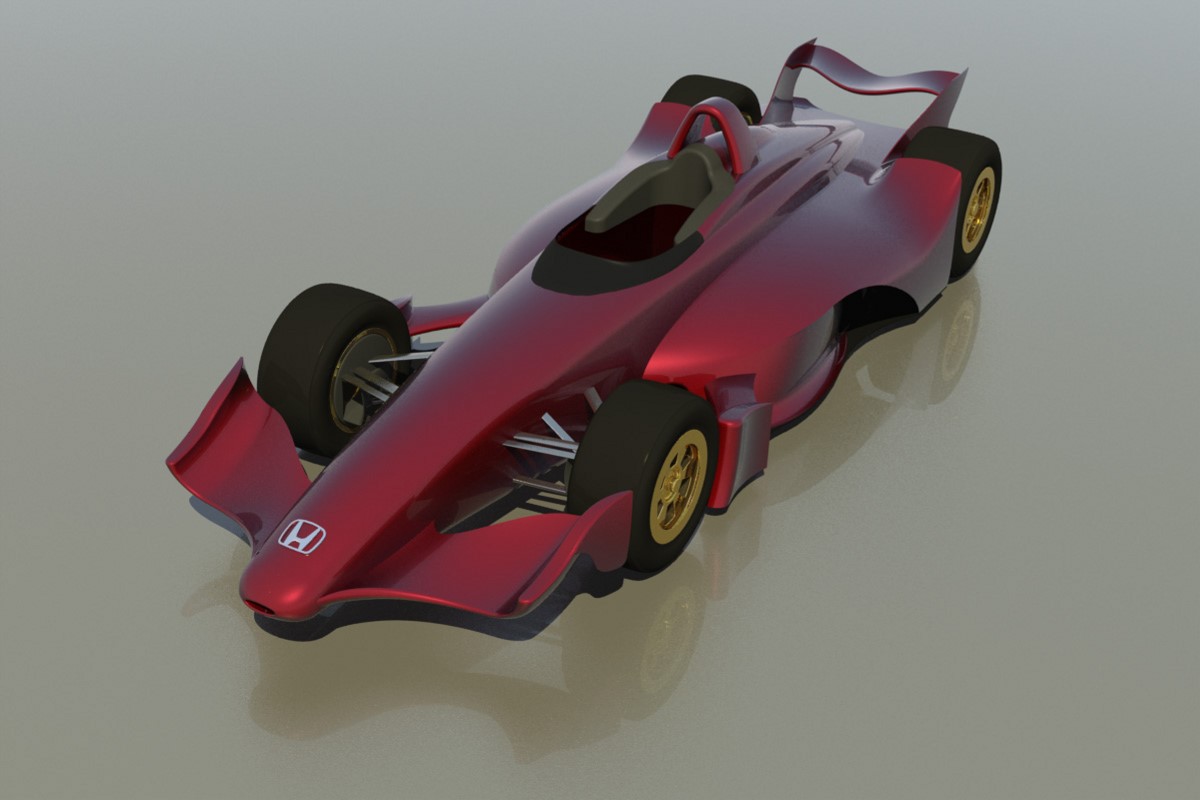 |
 |
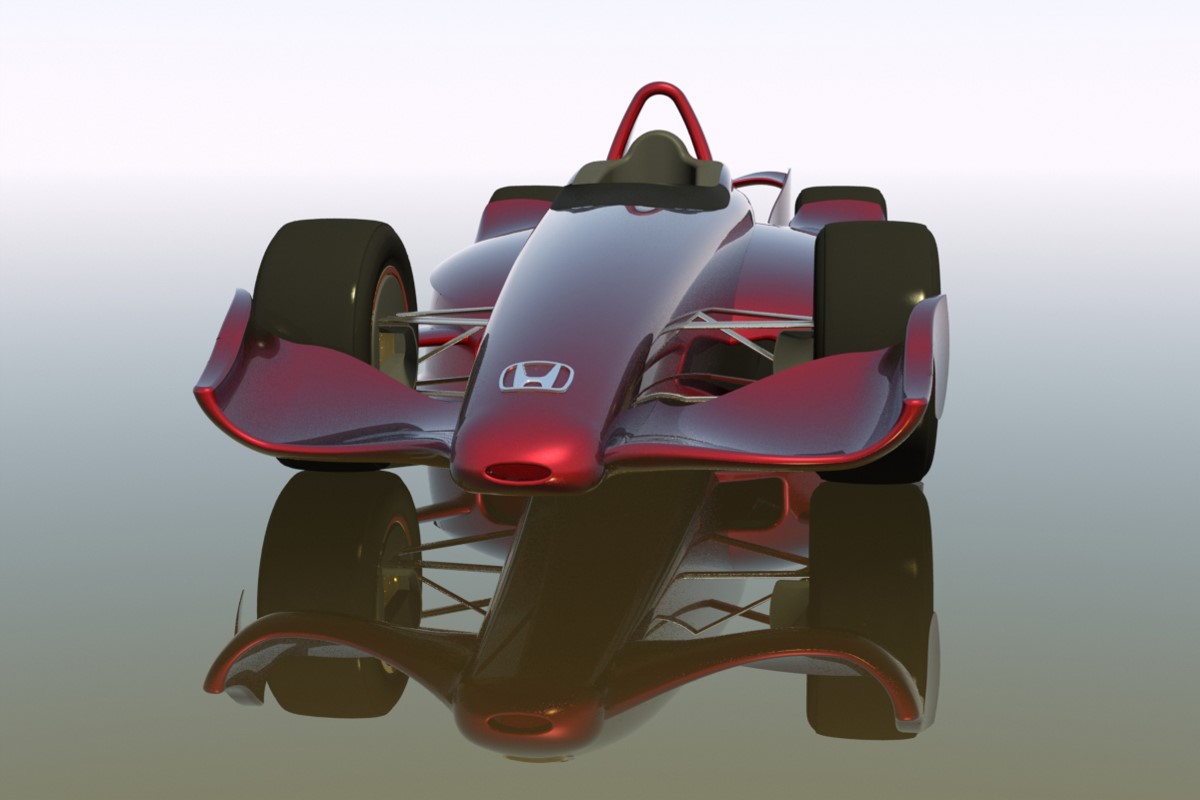 |
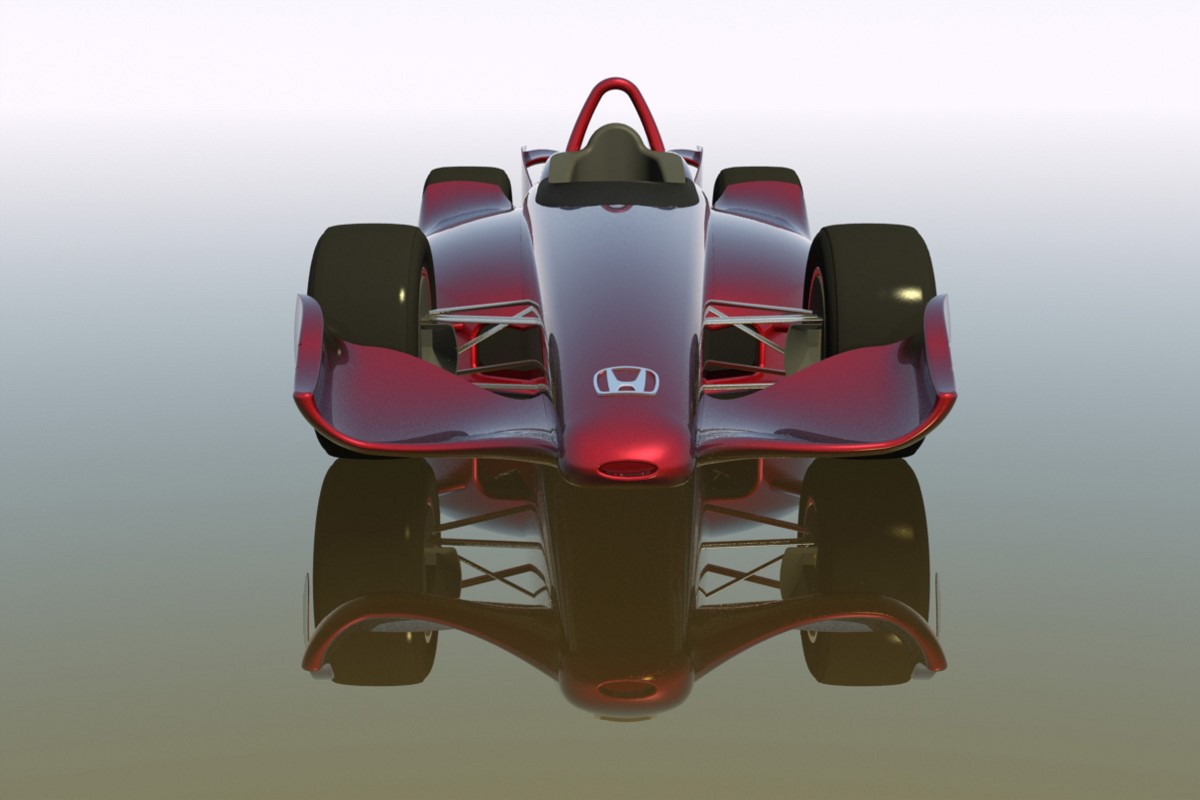 |
 |
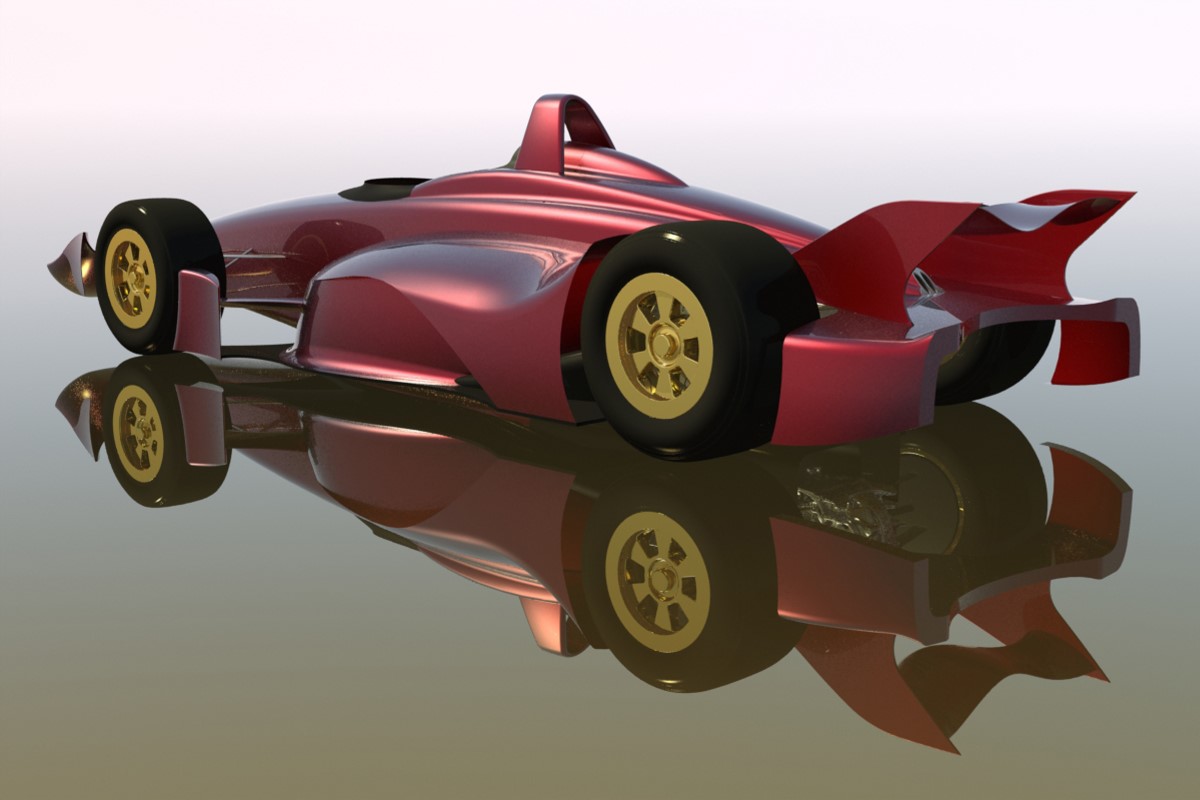 |
The BAT Engineering proposal has now been officially recognized by the Indy Racing League, which recently announced the formation of the ICONIC (Innovative, Competitive, Open-Wheel, New, Industry-Relevant, Cost-Effective) IZOD IndyCar Series Advisory Committee to manage and guide the selection process as the future of the sport is charted.
With decades of experience being involved with new-car design and selection processes in a wide variety of racing categories around the globe, the BAT Engineering principals welcomed the news of the ICONIC board.
“The ICONIC Board is exactly what we were hoping for and we are extremely pleased that IndyCar has taken this professional step," offered Mertens. “The Indy Racing League is doing a great job, and by adding this level of protection for the fans and teams then we are assured that the design chosen will have succeeded the toughest possible process."
Beyond setting new standards in mechanical grip and aerodynamic efficiency, the core concentrations for the BAT Engineering proposal focus on driver safety, creating a platform that will generate close racing, and a well-developed plan to enable the entire project to be designed, built, and supported using highly skilled American labor within a 30-mile radius of the Indianapolis Motor Speedway.
BAT Engineering has expanded on their plans, developing partnerships with state and local organizations to foster the development of hundreds of new jobs in the Indianapolis area to support the next IZOD IndyCar.
“This level of investment by the teams deserves such a secure process," said Tim Wardrop. “We are confident that the right design will be chosen, and we certainly feel as though our proposal targets the same ambitions for the future of the IZOD IndyCar Series that the fans, owners, and drivers all have."
The next IZOD IndyCar will need to meet the exacting demands of a wide group of constituents, from the fans in the stands to the team owners on the pit lane to the mechanics preparing the racers to perform, and meeting those needs is an exciting new challenge as the Indianapolis Motor Speedway prepares for a second century and the next chapter in the sport.
“As part of the process of getting feedback from everyone who has an interest in this new design, I had the opportunity to meet Randy (Bernard, Indy Racing League CEO), and I have to say that I think he’s exactly the guy that this sport needs to move forward," said Ashmore. “We have to get this right, the first time, for it to be successful and bring the sport and this race to its rightful place, and we feel that the BAT Engineering design can best do that. We’re excited to bring more renderings to the public, as we’ve been very pleased with the fan feedback we’ve had so far."
About BAT Engineering:
Bruce Ashmore
As Chief Designer at Lola, Ashmore was responsible for four consecutive IndyCar championships as well as the 1990 Indianapolis 500-winning car. The latter has been described as possibly the most efficient IndyCar design to date. He went on to become President of Reynard North America as Reynard captured victory in the 1995 and 1996 Indianapolis 500 and totally dominated the CART series during the time when the series experienced the most competitive engineering challenge.
Ashmore went on to steer several race teams to victory as a technical director, and also continued to design race-winning cars as head of Ashmore Design.
IndyCar Championships-1990, 1991, 1992, 1993 (Lola)
Cart Championship 1995, 1996, 1997, 1998, 1999, 2000, 2001 (Reynard)
Alan Mertens
Alan Mertens was the Chief Designer and Engineer throughout all levels of European Motorsport for March. He gained many successes in both Formula 3 and Formula 1 before he was selected to head up the design of the very successful March IndyCar series of cars, which gained four Indy pole positions and won five consecutive Indy 500's from 1983 to 1987, and the IndyCar Championships in 1985 and 1986.
He left to form his own company, Galmer Engineering, and was again successful at the Indianapolis 500. In 1992, Merten’s design won both the Borg Warner Trophy as well as the "Louis Schwitzer Award for Innovation and Engineering/Design Excellence in the Field of Race Car Design." Mertens has also recently concentrated on designing disaster recovery systems in the Nuclear Power industry.
Indianapolis 500 Wins 1983, 1984, 1985, 1986, 1985, (March) 1992 (Galmer)
Cart Championships 1985, 1986 (March)
Tim Wardrop
Tim Wardrop has been involved with IndyCar and the Indy Racing League since its inception. Wardrop developed the first two generations of the first dominant chassis in the IRL at G-Force which resulted in two poles at Indy with Arie Luyendyk and two race victories with Luyendyk and Juan Pablo Montoya in his role as their race engineer.
Wardrop still holds the record and the setup parameters for the fastest lap ever turned at the Indianapolis Motor Speedway in practice of 239.260 mph, as well setting the fastest ever single qualifying lap speed (237.298 mph) and four-lap record (236.986 mph).
